I’m a big fan of auctions as a way to obtain interesting watches for my collection. There are plenty of online antique, art. and specialized watch and clock auctions, populated with collected watches deserving of attention. If you look carefully, you will find some interesting watches, along with plenty that should be avoided!

Note: I am not focused on eBay or in-person auctions in this post. eBay functions more like a marketplace with auction pricing, and the buying tactics there are quite different. And I’m not flying off to Geneva any time soon, and probably couldn’t afford to buy in those elite halls. Still, some of these suggestions apply in those circumstances, as well as online forum sales and the used watch counter at your local watch shop.
Step 1: Consider Your Collection and Budget
Before you even look at an auction catalog it is important to consider your needs and desires. Do you have enough spare money to spend on watches right now? Are there any “holes” in your collection you want to fill? Are you looking for a specific model? Don’t just dive in and bid, or you’re likely to be distracted by “deals” that you will later regret!
Not everyone has the money to participate in a watch auction at all, but they can be surprisingly accessible as long as you have some disposable income. Although there are usually plenty of haute horology pieces priced over $20,000, I’ve found some wonderful less-than-$1,000 deals at specialty watch auctions. And auctions are a great way to get more watch for less money. Whatever your budget, make sure you set a maximum before you begin, and never exceed this amount. If you can’t afford it, let it go!

Next, consider your current collection. What do you “need” to add? If it’s all sports watches in steel, maybe look for a nice gold dress watch. If it’s all Swiss, how about a German or Japanese watch? Unless you have decided to focus on a specific brand or type, it’s nice to get something different. But what will you do if you find a nicer alternative to an existing watch? Will you sell the current one or just let it drift to the back of the box?
One thing I can say for sure is never buy a lesser piece just because it’s a good deal. I have a few nice-enough Seiko Lord Matic dress watches that get little wrist time compared to my King Seiko Special! And my Enicar Star Jewels just isn’t compelling alongside the pristine Sherpa Super-Divette. Although they were good deals, I shouldn’t have bought them. But I’m not a “seller” so for now they just huddle together in the back row of my watch box.
It’s also important to know what kind of collector you are. I’m a “wearer” not a “hoarder” so I’m not going to spend crazy money for a perfect example or alleged “new old stock” (“NOS”). I want something I can wear and enjoy, and a scratch or two can lower the price and my level of worry. If you’re looking to fill a safe with rare investment-grade Patek Philippe complications, you should probably stop reading now!
Finally, a warning: Scheduled auctions are not a great place to hunt for grail watches. If you want something specific, set an alert on Chrono24 and eBay or get comfortable in the appropriate brand forum. It is more likely that you will end up with something almost (but not quite) right when looking through auction catalogs. Your quest for the white whale will not be satisfied for long by bagging a blue one! I really want a Jaeger-LeCoultre Duomètre Unique Travel Time (since I love dual-time watches) and they do come up at auction, but the chances of serendipitously finding a Limited-Edition Ref. 606.35.40 (white gold with a textured “Métier Rare” silver dial) with box and papers are slim.
Step 2: Flag Interesting Pieces in the Catalog

Once you have set your shopping parameters, select an upcoming auction and tear apart their catalog. Pick only the most interesting pieces, reject anything you couldn’t or shouldn’t buy, and focus on just a few. Then do your research and eliminate anything questionable before bidding.
There are many online auctions, and even the heavy-hitters offer online bids these days. One popular auction aggregator is Invaluable, which allows searching and bidding across many auctions and has a mobile app. But services like this often add even more fees to the buyer’s final price, which can make bidding much less attractive. Make sure to consider the final out-the-door price (see below) rather than the amount bid!
When browsing an auction catalog, my first step is to “triage” the lots. I will flag anything interesting, ignoring everything outside my budget, inferior to something I already own, or simply not appropriate for my collection. This only takes a few minutes, even with hundreds of items, because disqualified pieces are obvious at a glance. I’m not going to waste time longing for an A. Lange & Söhne Pour le Mérite, I can skip all the brands I’m not interested in, and scroll past the pocket watches since I don’t want any more of those.
Next, I’ll open a browser tab for each of the items I flagged for consideration. I read the description and focus on things that disqualify the item for purchase:
- Quartz movement – Although I have a few quartz models in my collection and am currently bidding on a Beta 21, quartz versions of popular watches are not discounted enough at auction
- Gold filled – Gold plated steel isn’t worth a premium, and most such watches were not treated as well as solid gold; two-tone is also hopelessly out of date
- Small size – I personally love the small and thin dress watches of the 1950s, but too-small “midsize” or “ladies” versions of popular watches were produced through the 2000s and can be an unwelcome surprise
- Damage – Do not buy anything with signs of water incursion, including splotches or dots on the dial, or with serious scuffs or scratches on the crystal or bezel
See also: “What People Look For When They Look At Watches“
Step 3: Investigate Beyond the Listing
After rejecting the disqualified lots, I’ll look at the few remaining pieces with more care. Don’t trust the auction listing fully, since they are written by someone without your eye for that particular watch. Make sure the item is “right” and that it represents a good value at the likely selling price. And keep an eye out for special watches that are under-sold!
You might think that auctioneers are experts in the field, but nothing is further from the truth. Auctions make money on volume, and even high-priced models often get a bare minimum of attention in the listing. Most auction listings simply parrot what is visible on the watch itself, sometimes with hilarious specificity. A Patek Philippe might be listed as a Tiffany, and a limited edition might be completely overlooked. It is sad to think of the care taken by the original buyer or collector being summarily discarded, leading to a desirable collector’s item being listed as “just another watch.”
For this reason, don’t trust anything not literally engraved on the watch case or printed in the enclosed documentation. Dates of production are commonly included but are often rough guesses and can be wrong by decades. Do not trust that the movement is correctly listed unless the number is visible in photos. If the listing says it comes with the original box and papers, you can’t trust that they’re correct, but I have also often received these along with a watch that was photographed and described without them.
Every watch in an auction catalog is described as rare, desirable, or unusual, typically with nothing to support this claim. I recommend researching the model to see if this is a special example or just one of thousands made. You can’t trust the auction listing for this, and must pay special attention to visible details. Not all limited edition watches are numbered, not all numbered watches are rare, and a special dial or case material can elevate a watch. Rarity isn’t the only thing important, especially to a “wearer” like me, but it can enhance the value of a watch.

I’ll also look up the movement to determine if it’s correct for the model and serviceable these days. Expect that anything bought at auction will need service soon unless it comes with a recent receipt, and this will cost a few hundred dollars at least. If you buy something really special or rare, be ready to leave it with your watchmaker for months and factor this in to the purchase decision. I prefer recognizable movements (ETA, A. Schild, Valjoux, Lemania) in classic Swiss watches because I know that parts are available.
Examine the photos for visible signs of wear as well. I don’t worry much about caseback wear for older models, since frequent wear means good function or that a watch has been serviced. But the dial and hands should be clean and sharp, and it can be hard to bring a damaged bezel up to snuff. Any visible gunk or tarnish on the movement immediately eliminates a watch from consideration.
Step 4: Price Check!
Do not confuse the “hammer price” with what you will actually pay, and make sure you are clear on the exchange rate and shipping costs. I created a simple spreadsheet to help me quickly evaluate the real out-of-pocket cost for watches at auction, and have often been surprised how much this can change my opinion on an auction lot. I also compare this to typical asking prices on Chrono24, since this helps me to avoid over-paying.
My Google Docs spreadsheet is so simple I won’t share it here. But it includes the following simple functions:
- Currency Conversion – You can get up-to-date exchange rates using the function, =GOOGLEFINANCE(“CURRENCY:EURUSD”)
- Buyer’s Premium – Check the Terms of the auction to find the buyer’s premium, which is added on to the final bid and is often 20% to 30%. Invaluable also has a service fee for some listings. So I’ll add a simple function to multiply the price by 130%.
- Shipping and Insurance – Expect to pay $50 to $75 for international shipping
Each line in the spreadsheet lists a specific lot, with the date and name of the auction and the title of the item. Then I’ll include three dollar-amount fields:
- Minimum Bid – I enter the starting bid from the auction to set a baseline
- Bid Scratchpad – I add another cell where I can enter a potential bid amount to see the final cost
- Value Estimate – One more cell has the estimated value based on similar listings on Chrono24 to help me avoid overpaying
This spreadsheet helps me decide if a lot is really worth the bid and keeps my bidding under control when the auction is live. It’s too easy to get sucked in and make another bid over your budget or the value of the item! The sheet also helps me remember what I bid on previous watches so I can consider whether to go after another one.
Step 5: Bid!
Once I have narrowed down the items and decided what’s worth buying and for how much, I’ll place a bid. I tend to put in a realistic maximum bid and don’t usually bid higher, even though the lots often go to the next bidder. There’s no sense crying over the one that got away, if it was for a good reason!

Although I enjoyed the live bidding experience on Auctionata, most other auctions are disappointingly automated. And the experience using the Invaluable app is downright robotic, so I usually don’t bother following along. It’s a shame that the auctioneers don’t give more time to consider a bid, but that’s their loss. Instead, the bidding flies past.
Most auctions require a credit card and identity verification. Make sure you register and set yourself up well in advance of the auction. Invaluable handles this for you, and that’s a valuable aspect of their site! And make sure you have plenty of credit available, since some can place a sizable hold on your card.
It’s not unusual for an item to go unsold because of no bids, or for a reserve price not to be met. This is especially true of less-competitive brands like Parmigiani Fleurier, Chopard, and Zenith. Many auctioneers will roll a piece forward to the next auction, so it’s wise to look at previous auctions to sniff out an unrealistic reserve price.
Don’t be too upset about the lots you don’t win. As mentioned above, it probably wasn’t a grail watch anyway. Although there are a few “ones that got away” in my history, I remember these more for the fun of the investigation than I suspect I would enjoy owning them. And I have a few bargains in my collection that I’ve ended up being quite happy with.

The Grail Watch Perspective: You Win Some, You Lose Some
Buying watches at auction can be a great way to score an unexpected delight, but also presents the possibility to cause real financial harm. Don’t trust the auction listings and don’t come into bid unprepared. Set a budget, triage the listings, and bid only what an item is worth. It’s all about having a realistic view of the result.
Year
Country
Brand
Style
Material
Movement
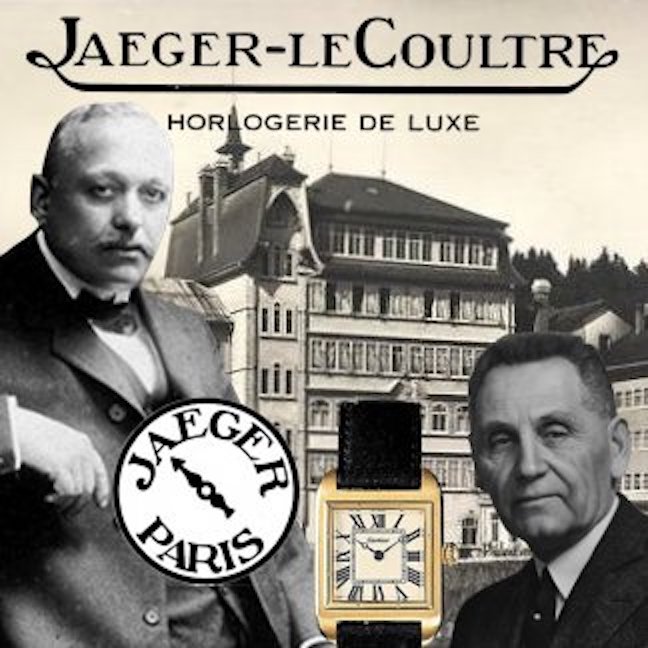
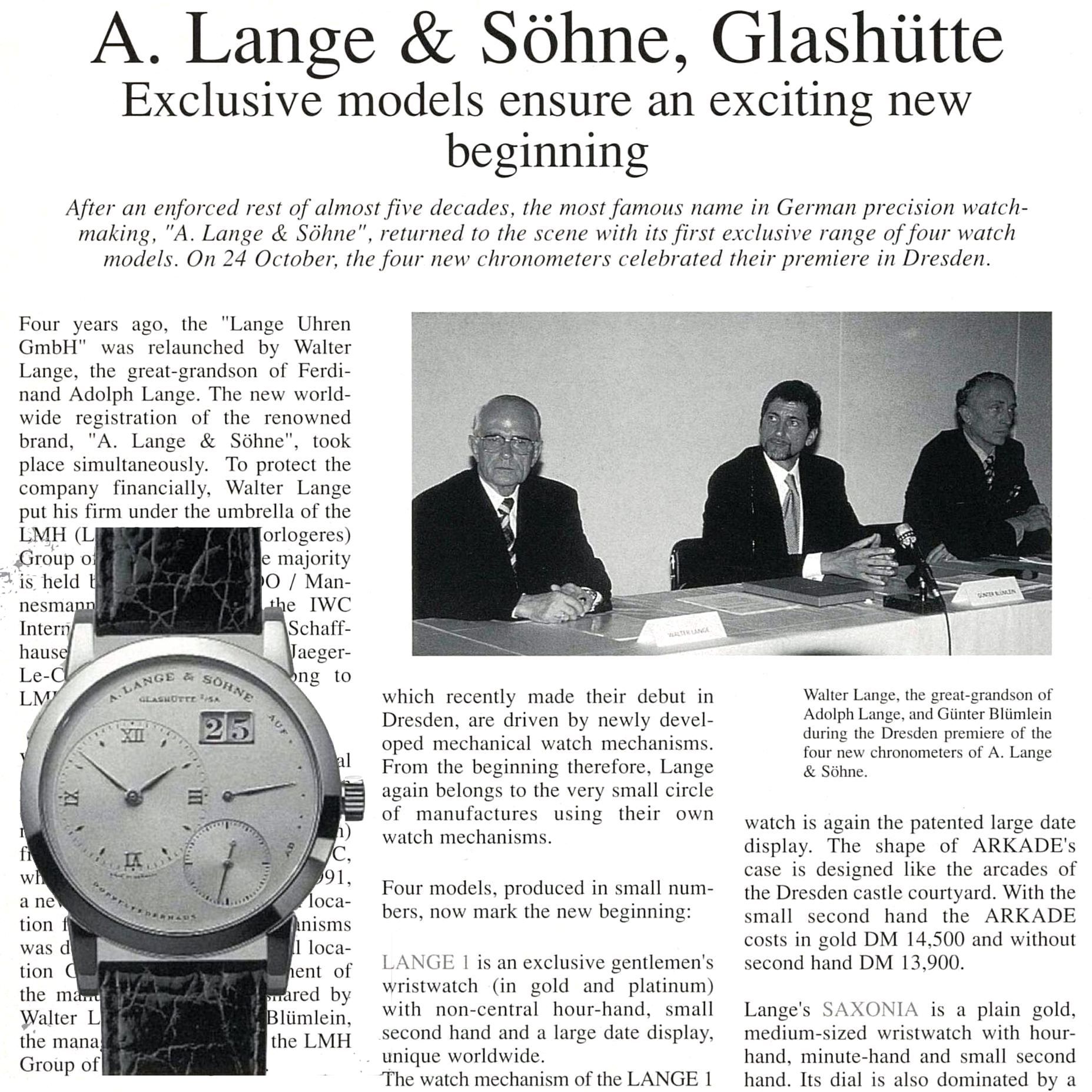
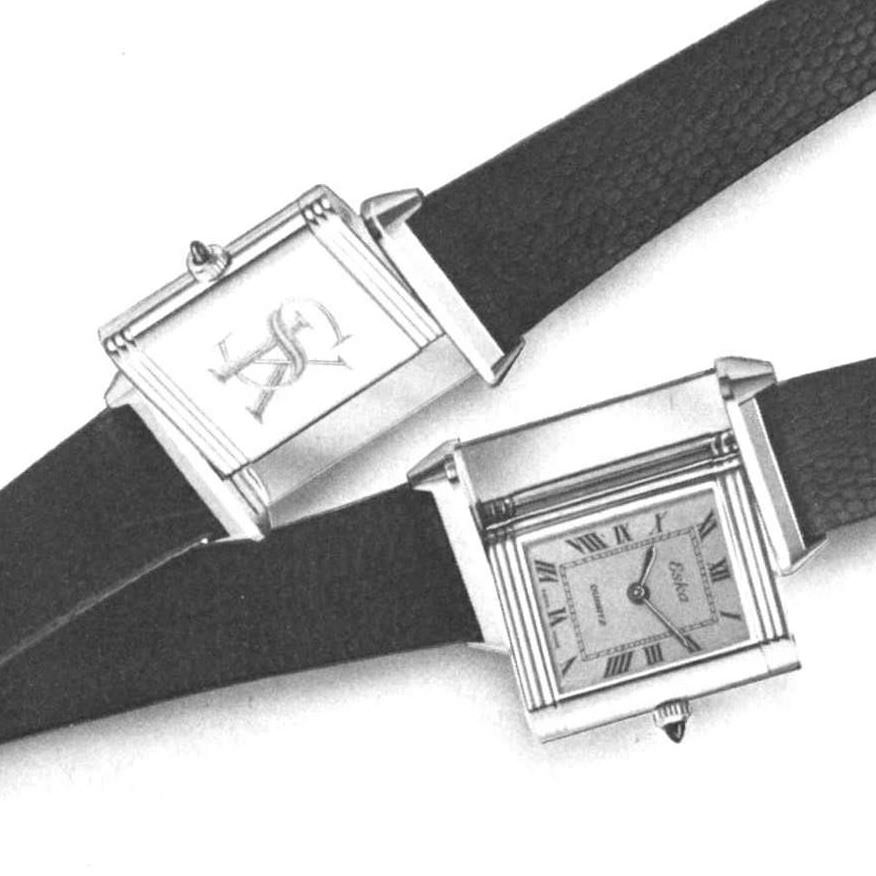
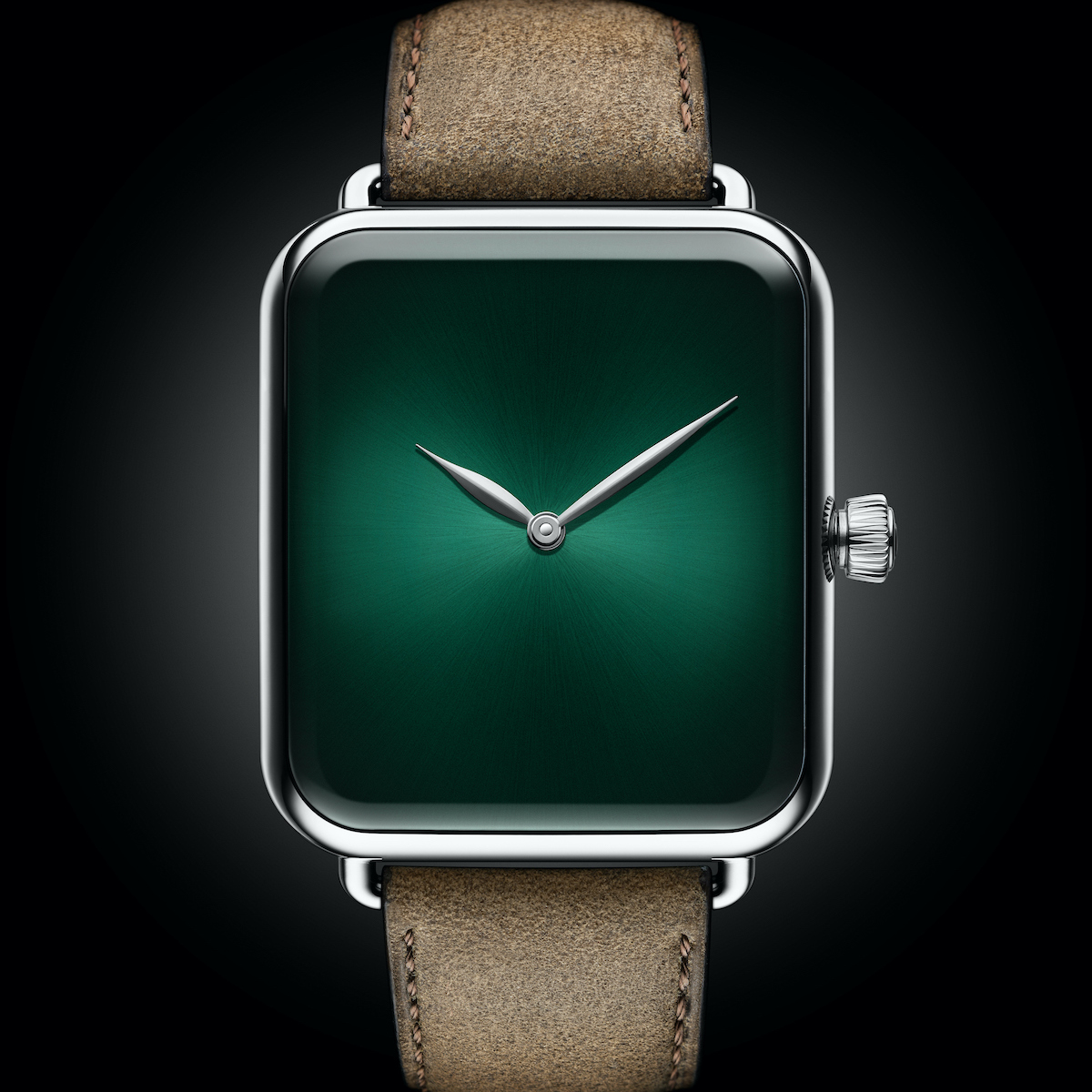

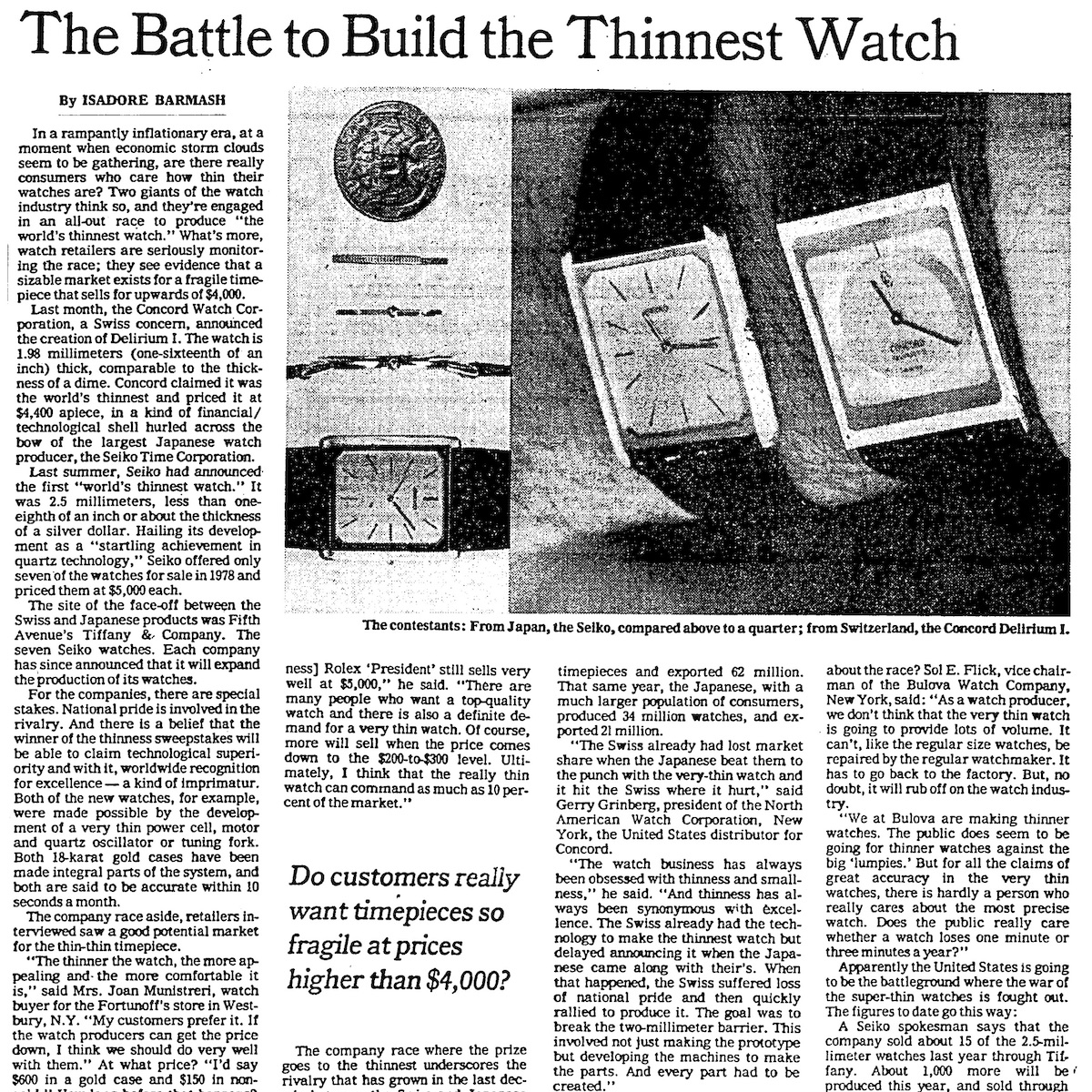
Leave a Reply